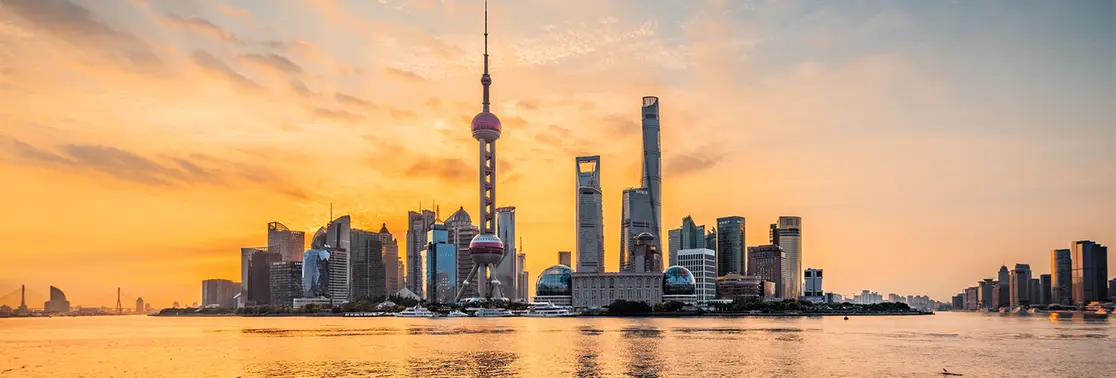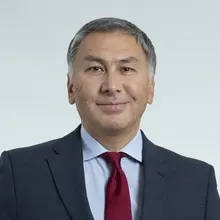Summary
Emerging markets (EM) faced a backlash in 2021 as a consequence of the Chinese slowdown, rising inflation and – at the end of the year – a more hawkish Federal Reserve (Fed). As such, investors, including us, have been cautious and very selective on EM assets.
Some reasons for caution still remain: Russia-Ukraine tension, uncertainty on the Fed’s tightening path and the overall hot inflationary environment, to name the most impactful. However, we see some mild improvements this year in the EM landscape, with more optimistic conditions for looking at EM assets building thanks to four elements:
- Contagion from the Omicron variant is peaking and the impact on EM has been milder in comparison to previous waves, thanks to the accelerated vaccination campaign in Q4 and more limited restrictions.
- The recovery is ongoing with some countries benefiting from the sweet spot in commodities.
- Most EM have already acted to cool down inflation and most of the tightening cycle is behind us, especially in Asia.
- In China we have seen a significant turn in policies and attitude from the authorities, who are willing to stabilise the economy, while continuing to deleverage the real estate sector
The picture for the EM landscape will remain very varied, based on the country-specific features of their economic models, and different stages in the monetary policy cycle. The effective fragmentation of the EM puzzle could offer opportunities along the following lines:
- Look at areas with lower/non-inflationary pressures, where monetary reaction is on its way or close to peaking, and real rates are back in positive territory. In this respect, Asia presents a benign picture and, in China, the PBoC has already moved towards easing. Chinese bonds can be seen as a good diversifier for fixed income, and more so at a time when developed market central banks are close to raising rates.
- Favour countries exposed to the commodity cycle and which could benefit from higher commodity prices for cyclical or structural reasons (energy transition).
- Play the internal demand story, either within a well-diversified portfolio, actively investing in this theme, or by gaining exposure to China or India which are shifting their economic models towards domestic demand.
Main reasons for a constructive view on EM for 2022

|
Spread of the Omicron variant is peaking in many DM countries, with limited lockdowns and less severe impacts than previous waves. Overall vaccine coverage has increased significantly in the last quarter, although its rollout is not homogenous, with some EM well advanced while others still lag. |

|
DM growth is only expected to slow moderately. EM-DM growth gap should widen over the next few months, once the situation in China stabilises. Stronger outlook for commodity exporters, benefitting from higher energy costs. |

|
The ongoing weakness of the property sector has induced authorities to implement measures to avoid further economic disruption and financial market instability. PBoC has turned more supportive and we expect a moderation of the regulatory wave. China should be able to avoid a hard landing and has been recovering more steadily since Q3. |

|
Inflation has been accelerating globally and some EM CB have been hiking rates. Some EM are still normalising their monetary policy, while other CB are closer to the end of their tightening cycles and we could see more supportive policies, once inflation figures peak in H2. |

